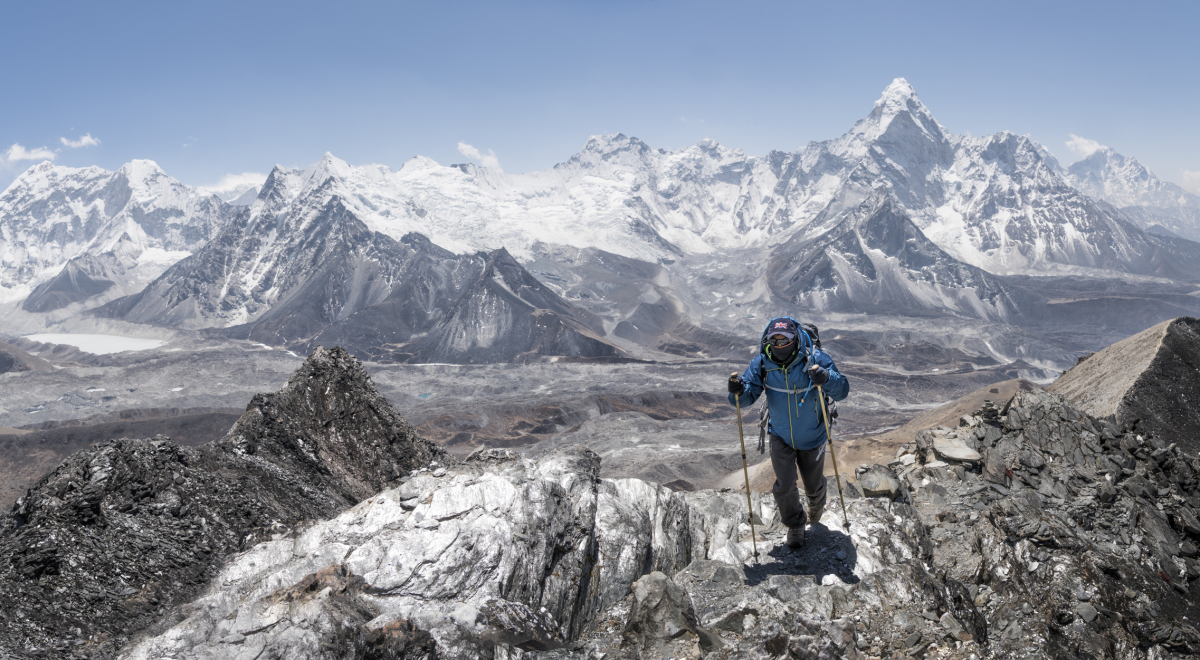Things no one tells you about hiking to Mount Everest Base Camp:
-
You don't have to be the fittest person in the world
-
The slower you go, the better your chances of getting there
-
Don't pack more than 10kg in your backpack - you don't need everything you think you do
-
It's more expensive than you think - the higher you go, the more expensive it gets
-
Don't bring 10 rolls of loo paper despite being advised to, save the bag space
-
It's better to rent down jackets & sleeping bags if you're only there for a short time
-
Kathmandu ATM fees are enormous
-
Opt for a local sim with data over buying wifi- it's expensive too
-
You'll have to pay to charge your phone & cameras
-
There are medications you can take to help prevent the affects of altitude sickness
Every journey starts with a dream. My dream was climbing to the foot of the highest mountain in the world. I was inspired by the determination of the youngest Australian to climb Everest at 19, the age when most think about boys and booze. Alyssa Azar attempted Everest two times before summiting in 2016, but was turned back both times due to events beyond her control like weather conditions. I thought if she can dedicate every moment of her three year lead up to the summit of Everest, hiking to the Everest Base Camp (the south base camp, not to be confused with the higher north base camp in Tibet) should be a 'piece of cake'.
Before I knew it, I was reading everything there was ever published about Everest and found inspiration from countless people that have taken the two-week Everest Base Camp trek. I woke up thinking about Everest Base Camp, dreamed about Everest Base Camp trek while working and went to bed knowing that one day it would be me taking on this amazing trekking route in the Himalayan Mountains.
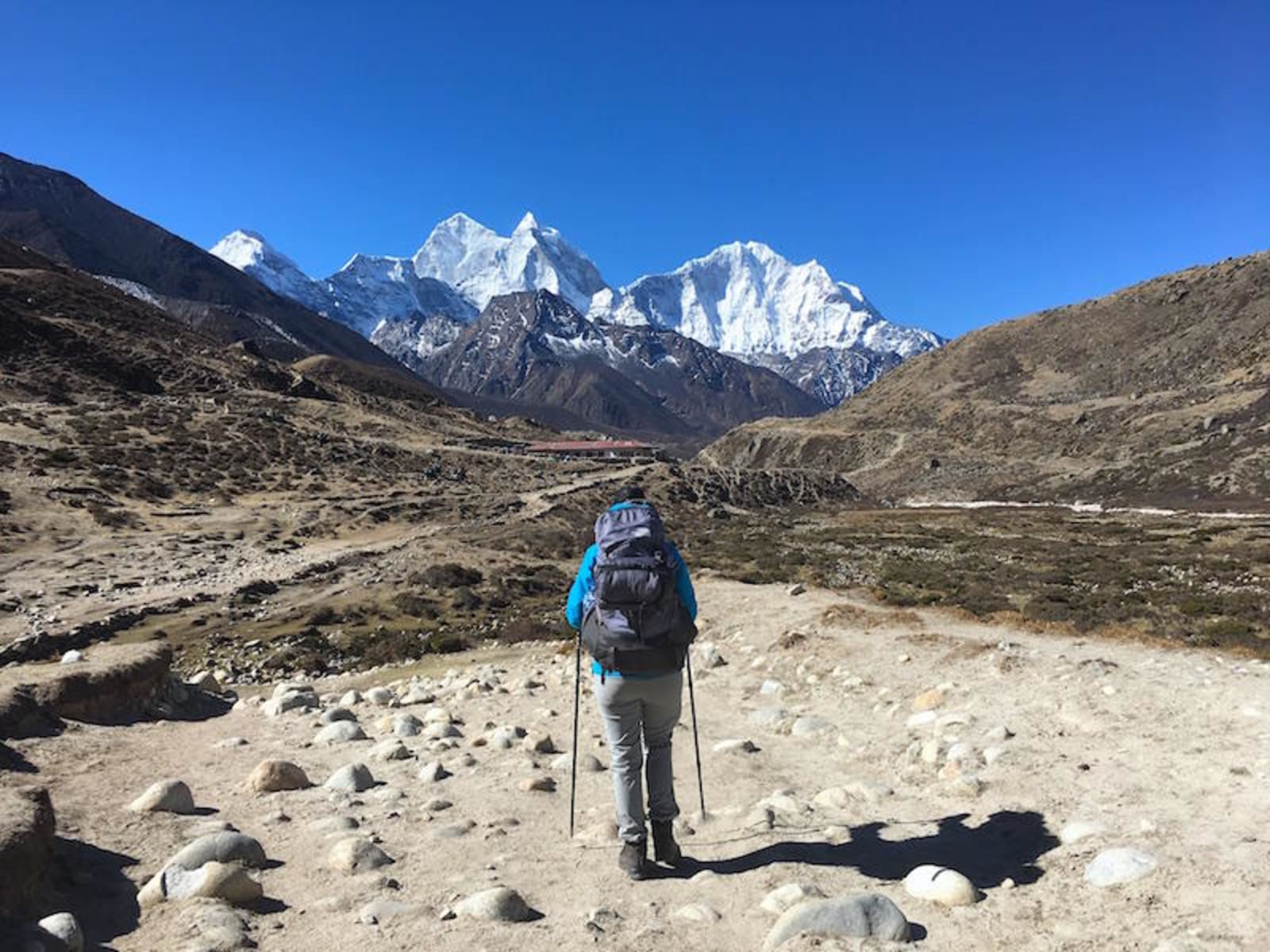


1. You don't need to be the fittest person
Many will be scared into not going as they are made to believe you need to be a marathon runner. The truth is, you simply don't. If you can manage walking 3-6 hours a day, up and down the hill, while carrying what feels little more than a day pack, you'll be OK! If you're taking on this famous trek with a tour group, porters will carry the loads for you and all there is left to worry about is your water, snacks and camera.
Your biggest concern is acclimatising to higher altitude and this has not been proven to have any links to how fit you are. In fact, the slower you go, the better your chances of getting up there. Take rest days if you have to. You don't even have to be an athlete when you are like me and want to carry your gear yourself.
I was certainly not in top shape, but have always tried to go to the gym at least two times a week and perhaps do an occasional hike on my days off. A month before I departed for my Everest Base Camp trek, when most think to crank up their training intensity, I stopped training all together and still managed to get up to the Everest Base Camp elevation of 5364 metres above sea level with 16 kg in my backpack.
It's certainly more attainable than you think, but don't disregard your fitness altogether for an enjoyable journey. Some parts, like the challenging Cho La Pass, will give you a workout.
2. Practice and refine your packing well before you go
Take my advice and do not pack more than 10 kg in your backpack. Practice packing your bag before you head off and weigh it with at least two litres of water in it. One of the hardest things about the trek to Everest Base Camo will be packing for it and making smart decisions on what to bring and what to leave behind. Trust me, I made the mistake of packing at the absolute last minute and ended up having to carry unnecessary stuff that I didn't use once.
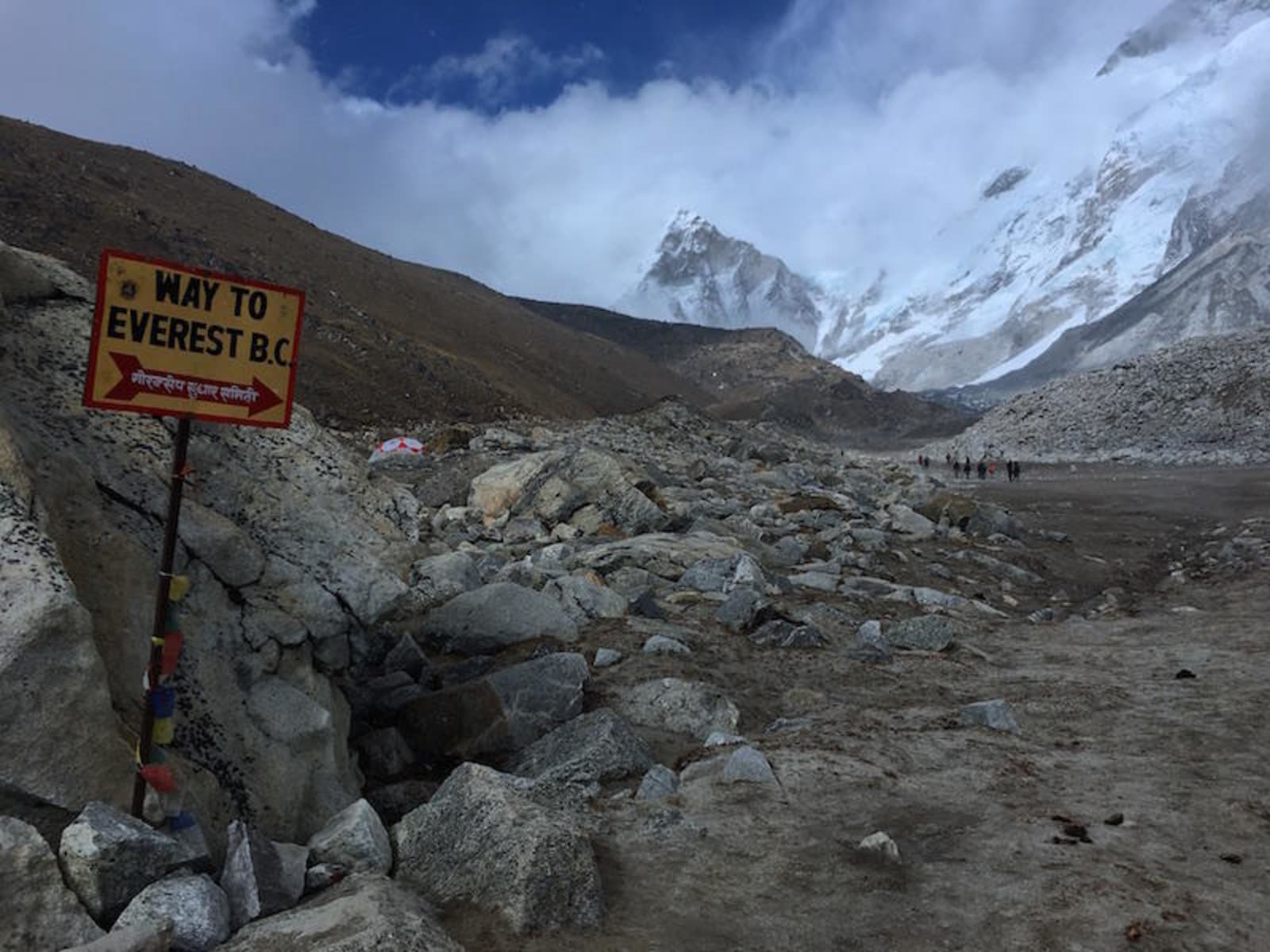


3. It's more expensive than you think
I am sure most of you planning to go on the Everest Base Camp hike have already heard that it gets more expensive the higher you go in altitude. With no proper infrastructure everything needs to be carried up from lower elevations by human power (I swear porters are super humans) or if the business owner can afford it, helicoptered in from Kathmandu. You can expect to pay as much as $10 AUD for a can of Pringles in Sherpa villages such as Gorak Shep (5164 m above sea level, I bought some to celebrate in Base Camp) or $10 for a slice of cake from the highest bakery in the world at 4950 metres in Lobuche.
You will find plenty of articles of people telling you to buy cheap gear from Thamel, but even that I didn't find to be the cheapest if you have to budget for two following months in Asia ahead of time.
My partner and I spent over $1800 for both of our “cheap” replica gear (I only needed a couple of things as I had bought most from Australia), flights to Lukla (close to $500 per person return!) and a trekking permit for the national park.
It is undoubtedly better to rent your down jackets and sleeping bags if you are only going to the Everest region for two weeks. If you are planning on going for a month (which we did plan on), I would consider buying a sleeping bag as it may end up costing more to rent it. From then we budgeted $50 per day for food for the two of us, but for the most part we always exceeded that limit.
Please do not bring 10 rolls of toilet paper with you on the trek, like many advise. There is plenty of it available to buy for cheap (even if you are on a budget) in case you run out. Save some space in your bag for other, more important things like wet wipes that can be very expensive. (How does $15 for a pack sound in Namche Bazaar at an altitude of 3440 metres?)
No one ever warns you about the enormous ATM fees as soon as you land at Tribhuvan International Airport and begin to explore Kathmandu. Most of them don't work to begin with, which is especially annoying when you have to cut your Everest Base Camp trek short as you are running out of cash and the ATM's in Namche Bazaar and Lukla don't work, and just take money out of your account without dispensing it. (True story!) When they do work, you are only allowed to withdraw around $125 AUD at a time, while being charged $7 AUD in ATM fees on top of the charges from your card issuer. I lost at least $100 to ATM fees. Don't make the same mistake I did, and bring enough USD with you for your time in Nepal and exchange it when you land at Kathmandu Airport.
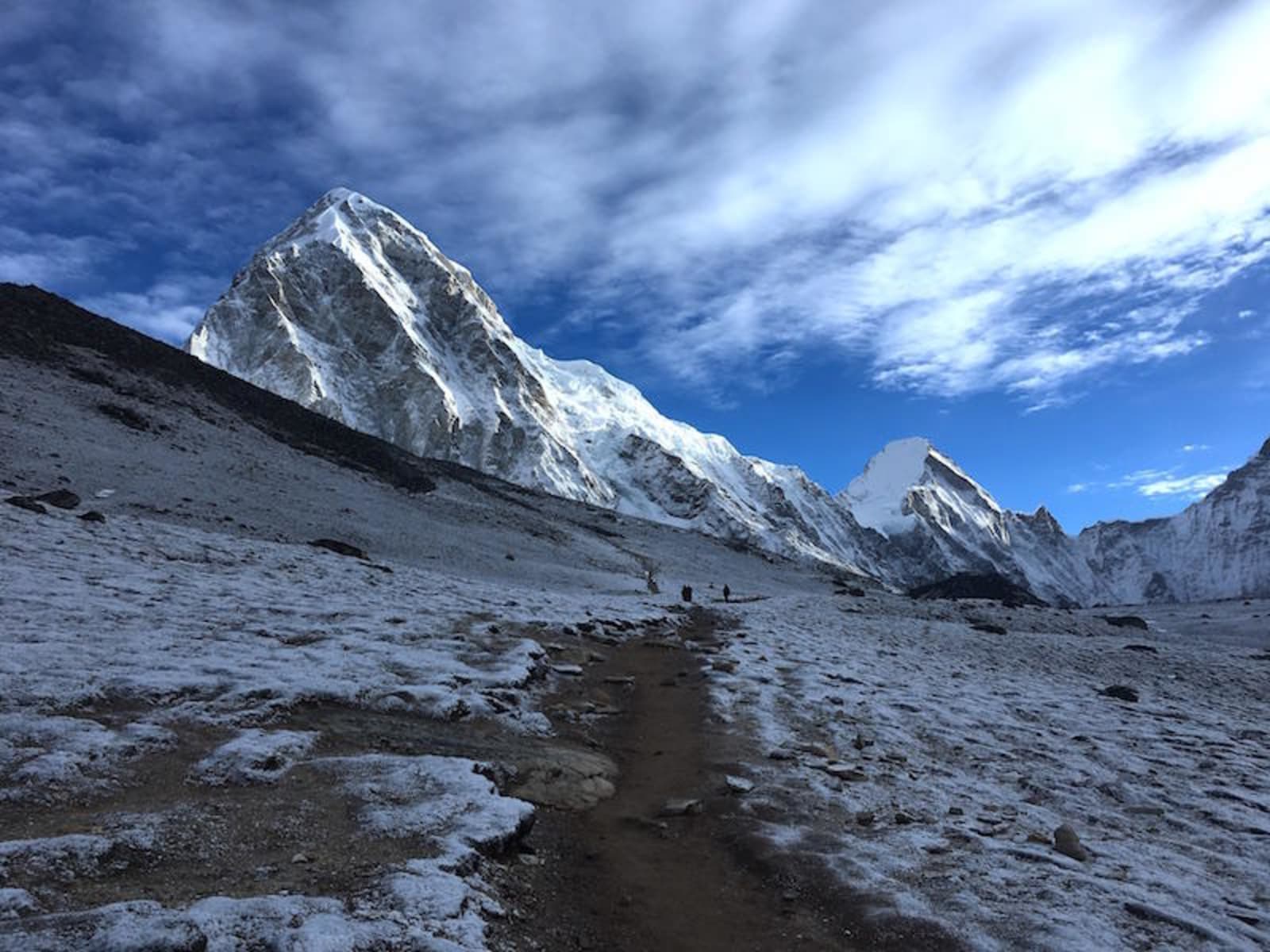


4. There's Wifi for sale everywhere
Most people nowadays expect to have wifi everywhere they go and that includes the highest mountain range in the world. Telecom companies in Nepal have spotted an expanding market and are cashing in big time on the luxury of internet connections high in the Himalayan peaks. You will find passwords to connect to a wifi network being sold on a “scratchy” in every coffee shops and tea houses along the Everest Base Camp trek. The 250 mb of data gets more and more expensive the higher you go. This will mostly be enough for a couple of emails and to update your Facebook status, but nothing more. When paying around $5-10 for data, make sure your phone doesn't start downloading updates in the background, thus using it all. I saw this happen way too many times.
I would recommend buying a local SIM card with a data plan from Kathmandu before your Everest Base Camp trek instead, as there is reception up to around 4000 metres and in some cases even in Base Camp. You can also expect to be charged for charging your phone and cameras, usually $3-6 per hour depending on how high you are in the mountains. All of this does add up.
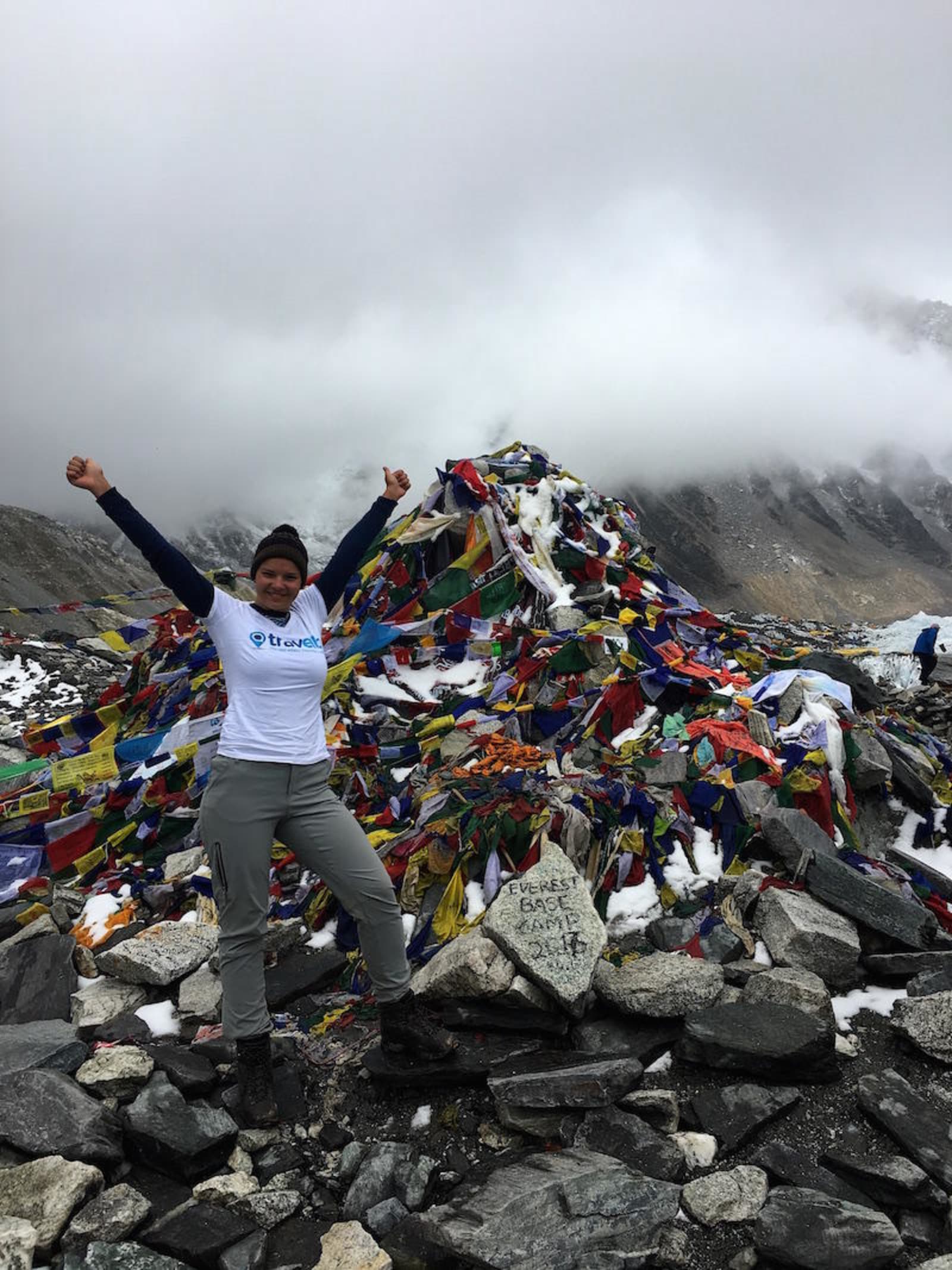


5. It's ok to use Diamox
Before my trek, I found so many different opinions about using Acetazolamide for preventing and reducing the symptoms of altitude sickness. There are several side-effects to consider before taking Diamox to aid with acclimatisation, the main being numbness, having tingling sensation in fingers, toes and lips, ringing in the ears, loss of appetite, vomiting and sleepiness. As these can also be signs of your body reacting to high altitude, knowing the difference can be difficult.
The medication, however, can decrease headaches (most common side effect from not drinking enough water), nausea, dizziness and shortness of breath. This together with the need to drink at least three litres of water per day will make you go to the toilet a lot. I guess it's all part of the experience.
Diamox works by decreasing the amount of hydrogen ions and bicarbonate in the body, thus allowing you to breathe deeper and faster while also taking in more oxygen. The increased oxygen will then aid with acclimatisation.
I went the preventative way, taking half a tablet in the morning and half at night when I landed at Lukla Airport and an extra one when I felt as I was about to faint with a splitting headache on my way to Lobuche. Going without Diamox is something a lot of purists will tell you to do and if you have sufficient time to acclimatise, like allowing for an 'acclimatization day', it really shouldn't be necessary. However, if you are going in a group, thus having to keep up to a certain schedule regardless of how you feel or just want to make sure you have done everything you possibly can to get to the top, taking Diamox as a preventative measure is the way to go.
The medication is not to be used when you already have symptoms of acute mountain sickness and immediate descent is the only cure. Also I'm obviously not a doctor and you should consult your own personal doctor to see if using Diamox is right for you.
Wrap up
I hope you have found something interesting and useful from this article and my wish is that it will aid you with your dream of a trek to Everest Base Camp. I would like you to know that it's not impossible going solo and like the saying goes “If you can dream it, you can do it!”
Having travel insurance is essential on a trek like that in case of an emergency and even though I was lucky to not having to use it, it gave me great peace of mind that if something would happen, I would be well taken care of. Not only me, but all my gear and camera equipment was covered too along with hijacking and accidental death insurance!
It inspired me knowing that if a 19 year old from country Queensland can conquer the mighty Himalayas, what am I able to accomplish? And what will you?
Site quick links
Help & support
Flight Centre acknowledges the Traditional Custodians of Country throughout Australia.
© Flight Centre Travel Group Limited. ATAS Accreditation No. A10412.
*Travel restrictions & conditions apply. Review any specific conditions stated and our general terms at Terms and Conditions. Prices & taxes are correct as at the date of publication & are subject to availability and change without notice. Prices quoted are on sale until the dates specified unless otherwise stated or sold out prior. Prices are per person.

